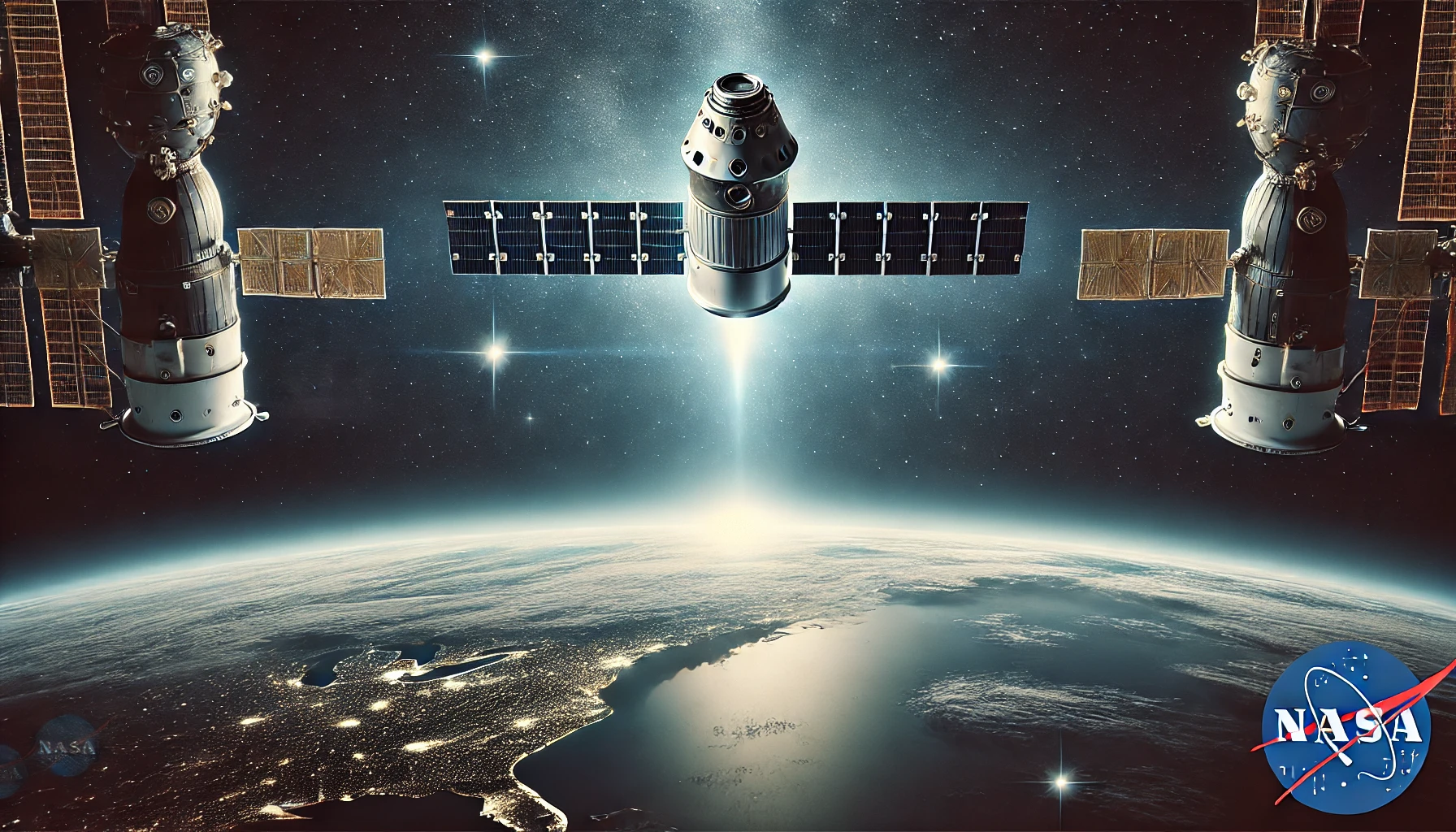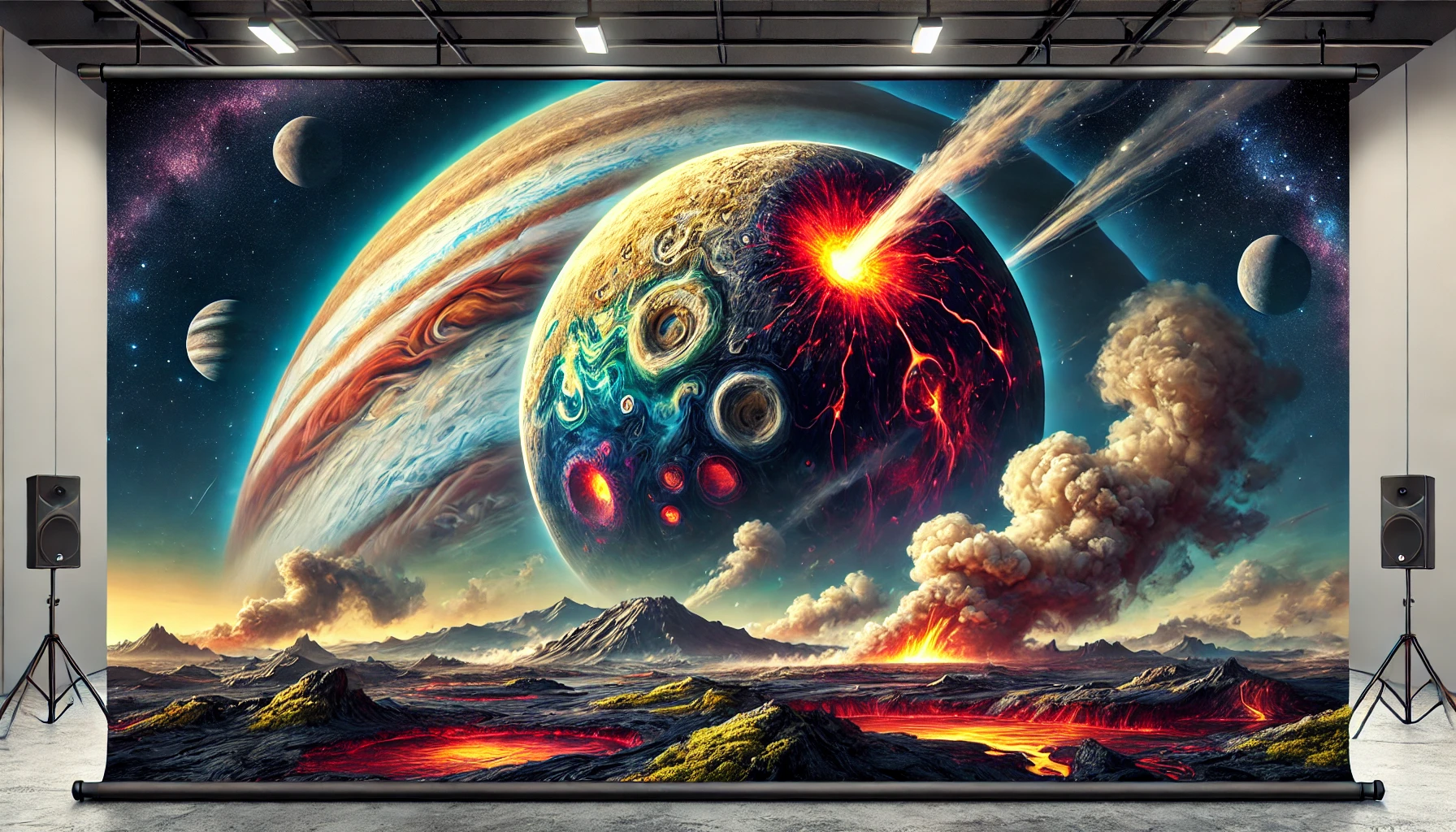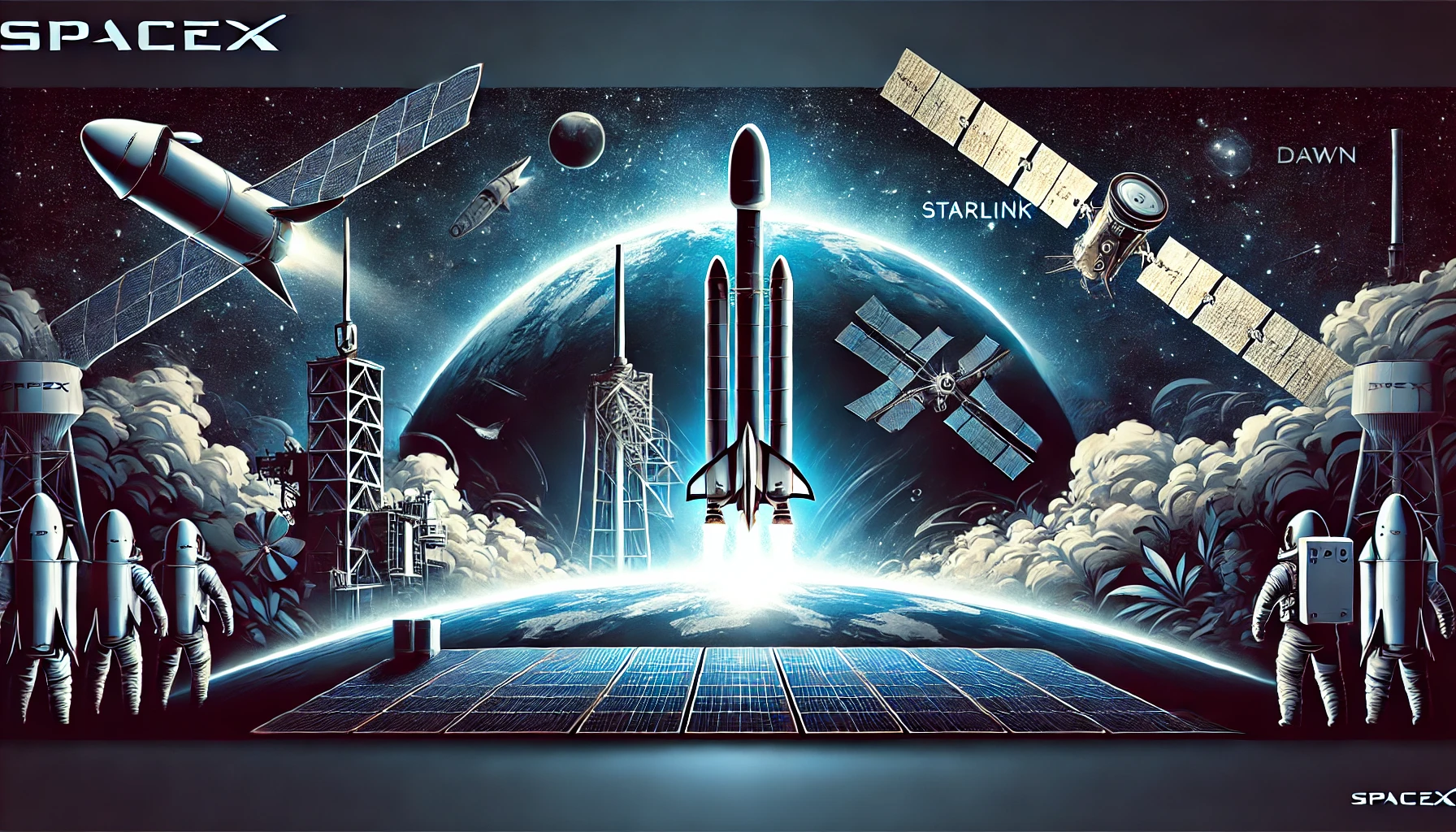Boeing Starliner’s Return: A Critical Milestone for NASA’s Commercial Crew Program
The space industry is once again on the brink of a significant milestone as Boeing’s CST-100 Starliner prepares to return to Earth from the International Space Station (ISS) on September 6, 2024. This event is more than just another spacecraft landing; it represents a crucial test for both Boeing and NASA’s Commercial Crew Program, which aims to provide safe, reliable transportation to and from low Earth orbit. The Starliner mission has faced several challenges, but its upcoming uncrewed return will be a defining moment that could shape the future of human spaceflight.
In this blog, we will delve into the significance of the Boeing Starliner’s return, examine the technical challenges it has encountered, and explore the implications for NASA’s Commercial Crew Program and future space missions.
Boeing Starliner: A Key Player in NASA’s Commercial Crew Program
The Boeing Starliner is a central component of NASA’s Commercial Crew Program, which was launched to foster partnerships with private companies to develop new spacecraft capable of ferrying astronauts to and from the ISS. Alongside SpaceX’s Crew Dragon, the Starliner was selected to reduce NASA’s dependency on Russian Soyuz spacecraft and ensure that the United States maintains independent access to space.
The NASA Commercial Crew Program is not just about launching spacecraft; it represents a broader vision of creating a sustainable space economy where commercial companies play a significant role in space exploration. The Starliner, with its capacity to carry up to seven astronauts and its reusable design, is a testament to this vision. However, the road to operational success has not been smooth, with the spacecraft facing several setbacks that have delayed its crewed missions.
Navigating Technical Challenges: The Starliner’s Uncrewed Return
The Starliner’s journey has been marked by technical difficulties, most notably the Starliner thruster issues that have raised concerns about its reliability. During its mission to the ISS, the spacecraft encountered problems with its reaction control system thrusters, which are essential for maneuvering in space, including during undocking and re-entry. These issues were significant enough that NASA decided to bring the spacecraft back to Earth without astronauts on board, opting for an uncrewed return to ensure safety.
The decision to conduct an uncrewed return is not unprecedented. NASA and Boeing have previously conducted uncrewed test flights of the Starliner, gathering valuable data to improve the spacecraft’s systems. However, the thruster issues encountered during this mission underscore the complexities of spaceflight and the need for rigorous testing and analysis. NASA’s commitment to safety is evident in its decision, prioritizing the well-being of astronauts over the desire to demonstrate the spacecraft’s capabilities with a crewed return.
Despite these challenges, the Starliner mission has provided NASA and Boeing with critical insights into the spacecraft’s performance. The data gathered during the uncrewed return will be instrumental in refining the Starliner’s systems and preparing it for future crewed missions. This mission is a reminder that space exploration is fraught with risks, but each challenge presents an opportunity to learn and improve.
The International Space Station: A Crucial Hub for Space Exploration
The International Space Station (ISS) remains a vital asset in the global effort to explore space. As a microgravity laboratory and a platform for scientific research, the ISS is at the forefront of advancements in science, technology, and space exploration. The Starliner’s mission to the ISS was intended to demonstrate its capability to safely transport astronauts to and from the station, a critical requirement for NASA’s ongoing operations.
However, the Crew Flight Test (CFT) mission, which was initially planned to be a short 10-day visit to the ISS, turned into a three-month stay as NASA and Boeing worked to address the thruster issues. This extended mission has provided valuable opportunities for astronauts Butch Wilmore and Suni Williams to contribute to the ISS’s ongoing research and maintenance activities, even as they prepare to return to Earth aboard a SpaceX Crew Dragon in early 2025.
The ISS serves as a testament to the collaborative spirit of space exploration, hosting astronauts from various countries and facilitating experiments that could not be conducted on Earth. The Starliner’s successful docking with the ISS and its upcoming return highlight the importance of maintaining multiple spacecraft capable of reaching the station, ensuring continuity in research and exploration efforts.
From ISS to White Sands: The Journey of Starliner’s Return
As the Starliner uncrewed return approaches, all eyes are on the spacecraft as it prepares to depart the ISS and head back to Earth. Scheduled to undock on September 6, the Starliner will perform a deorbit burn to re-enter Earth’s atmosphere, with a planned landing at White Sands Space Harbor in New Mexico. This landing site has been used in previous Starliner missions and is well-suited for the spacecraft’s parachute-assisted descent.
The journey from the ISS to White Sands will be closely monitored by flight controllers at NASA and Boeing, who will oversee the spacecraft’s autonomous return. While the Starliner has returned to Earth autonomously in previous test flights, this mission is particularly significant due to the thruster issues that have plagued the spacecraft. A successful landing will be a critical milestone, providing NASA and Boeing with the confidence needed to move forward with future crewed missions.
The return to White Sands will also free up a docking port at the ISS, paving the way for the upcoming SpaceX Crew-9 mission. This mission will send a new crew of astronauts to the ISS, continuing the rotation of personnel and ensuring that the station remains fully staffed. The Crew-9 mission, like the Starliner’s return, is a key part of NASA’s efforts to maintain a continuous human presence in space, advancing our understanding of life in microgravity and preparing for future missions beyond low Earth orbit.
Internal Link: For more information on the importance of the ISS and its role in space exploration, visit Regent Studies.
The Future of NASA’s Commercial Crew Program
The successful return of the Starliner from the ISS will mark a critical juncture in the NASA Commercial Crew Program. While the mission has faced challenges, it has also demonstrated the resilience and determination of NASA and Boeing to overcome obstacles and achieve their goals. The lessons learned from this mission will be invaluable in refining the Starliner’s systems and ensuring that it can safely transport astronauts in the future.
Looking ahead, NASA’s Commercial Crew Program will continue to evolve, with both the Starliner and SpaceX Crew Dragon playing pivotal roles in maintaining access to space. The program’s success is not just measured by the number of successful missions but by the knowledge gained from each flight, which contributes to the safety and reliability of future space missions.
As Boeing and NASA work to address the issues identified during the Starliner mission, there is optimism that the spacecraft will soon be ready for regular crewed flights. These flights will be essential for supporting the ISS, conducting scientific research, and advancing human space exploration.
Conclusion: A Milestone in Human Spaceflight
The upcoming return of the Boeing Starliner from the ISS is more than just a technical achievement; it is a testament to the spirit of innovation and perseverance that drives space exploration. As the spacecraft prepares to make its journey back to Earth, the world watches with anticipation, recognizing the significance of this mission for the future of human spaceflight.
The challenges faced by the Starliner have highlighted the complexities of space exploration, but they have also underscored the importance of learning from every mission. As NASA and Boeing continue to refine the spacecraft, the lessons learned from this mission will pave the way for safer, more reliable space travel in the years to come.
The Starliner’s return is a critical milestone in NASA’s Commercial Crew Program, one that will shape the future of human spaceflight and contribute to the ongoing exploration of the final frontier.
External Link: For more details on the Starliner mission and its impact on NASA’s Commercial Crew Program, visit Space.com.




